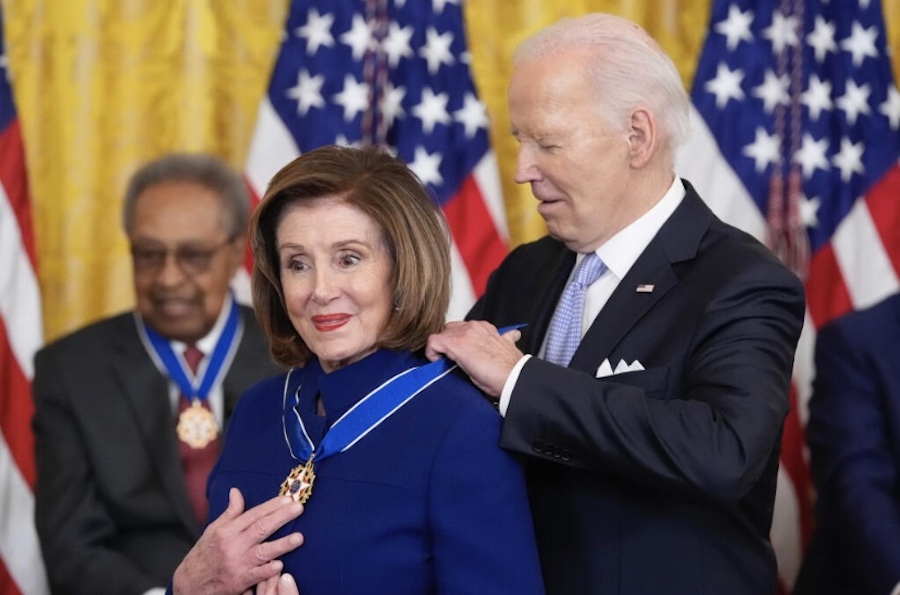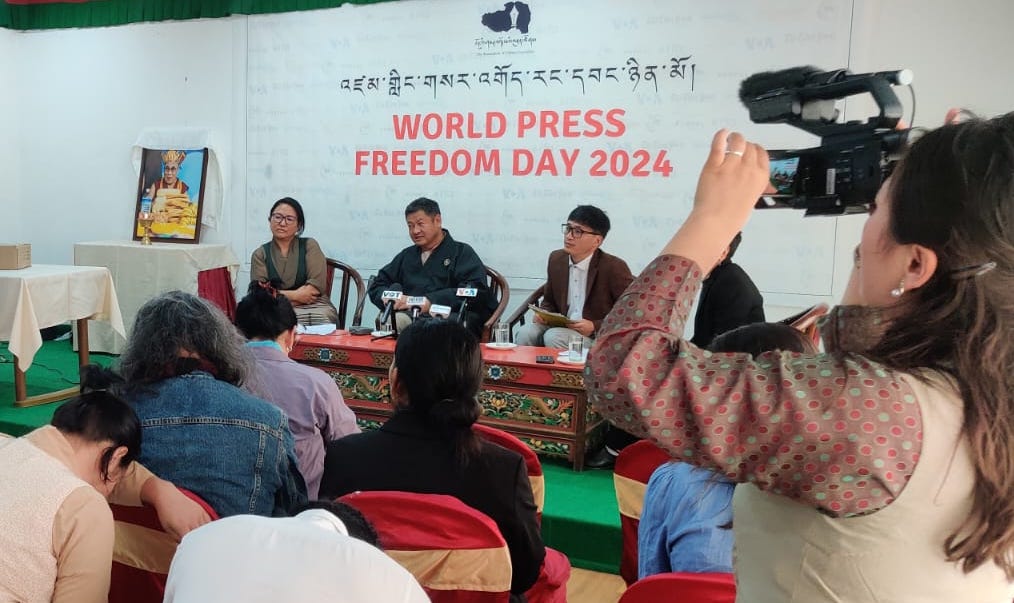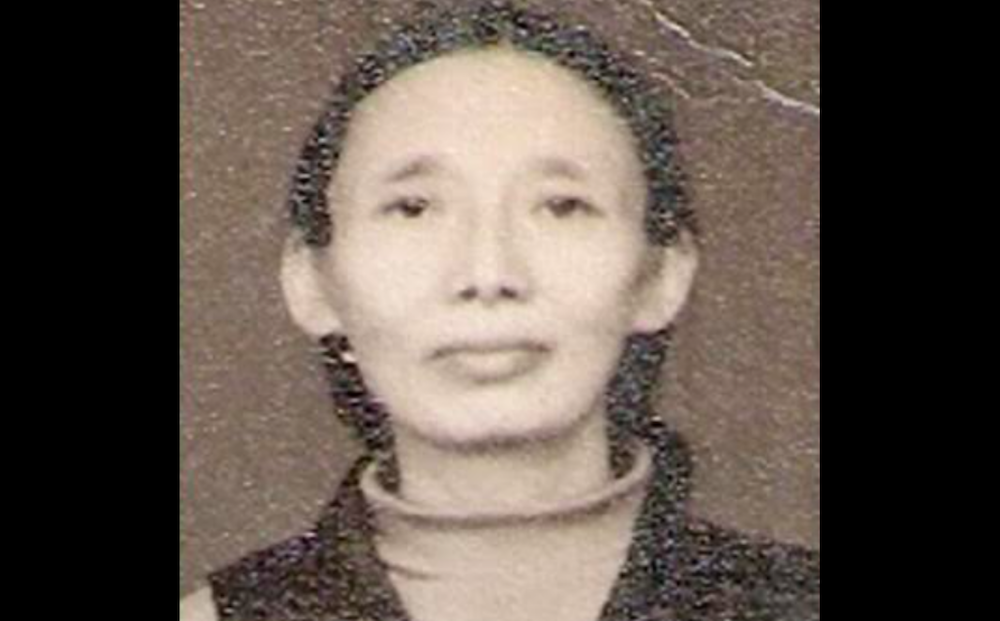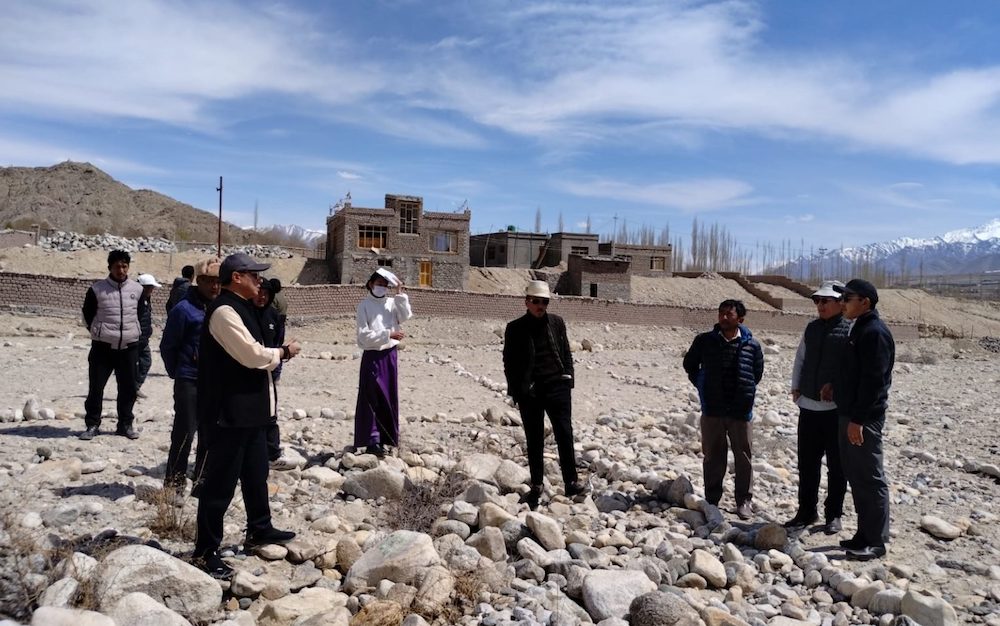By John Kenneth Knaus
During Chinese Premier Wen Jiabao’s current visit to the United States he is certain to hear calls asking him and his colleagues to work out a resolution to what would seem to be a solvable problem, but one that that has troubled our two countries’ relations for more than half a century.
Four years ago President Clinton noted to then President Jiang Zemin that China’s relationship with Tibet would prove a significant litmus test about the direction China is headed in the 21st century. His observation was based on the results of a survey trip that four American scholars made to Tibet with the cooperation of President Jiang. They concluded that it was quite appropriate for the United States and the American people to be concerned about Tibet, to observe carefully its evolution, to assist in the efforts to develop Tibet and improve its educational system, and to encourage a reconciliation between the government of China and the Dalai Lama and his followers.
In the intervening years there seems to have been some progress made toward reactivating a dialogue between the Chinese government and representatives of the Dalai Lama. But the goal of a mutually acceptable agreement which would permit His Holiness to return to his country and exercise from there his unique spiritual influence over his people and their fellow Buddhists worldwide is yet to be achieved.
Failure to utilize this potential would be a compound tragedy. For the Tibetans, it would condemn them to live in a state of perpetual resentment over what they regard as the deprivation of the one individual whose presence in Tibet embodies the guarantee of their spiritual and cultural heritage. For China, it would be a loss of an opportunity to benefit from the presence of the one person who is best able to guarantee peace along their centuries-old troubled border and to share as his host, rather than as his adversary, in the unique respect that the Dalai Lama enjoys within the international community.
It is a critical time in the world, and China has the opportunity to provide an example of peaceful resolution of a conflict that would be not only a litmus test of how China will be regarded by this generation and those to come but also what people everywhere are looking for today. What the Dalai Lama is offering in his middle way of compassion is not a surrender of political position by either side, nor a passive voicing of platitudes.
The present Dalai Lama has replaced the old image of Tibet as a Shangri-la, remote from the cares of a disillusioned world, to the site of a situation where men of good will could find peaceful solutions to difficult problems. This means an active search for a way for both sides of the Yangtze to live together in mutual peace and prosperity thereby providing a refreshing example for all minority peoples and those confronting seemingly intractable boundary issues everywhere.
Those who may counsel waiting for the Dalai Lama to die with the expectation that the problem will thereby go away are condemning the people of China, the Tibetans, and the watching world to a continuing situation of stagnation and universal loss.
China’s new leaders have both the opportunity and the responsibility to restore the mutually productive relationship between the Dalai Lama and the Chinese government that their predecessors at great periods of their country’s history have enjoyed and to complete the initiative toward reconciliation begun by their colleague Deng Xiaoping now so many years ago. Theirs would be an achievement worthy of the gratitude of a conflict-weary world and an act of courage and foresight that would consolidate China’s evolving relationship with the United States in our mutual pursuit of peace.
John Kenneth Knaus is a research associate at the Fairbank Center for East Asian Research at Harvard University and the author of “Orphans of fhe Cold War: America and the Tibetan Struggle for Survival”









